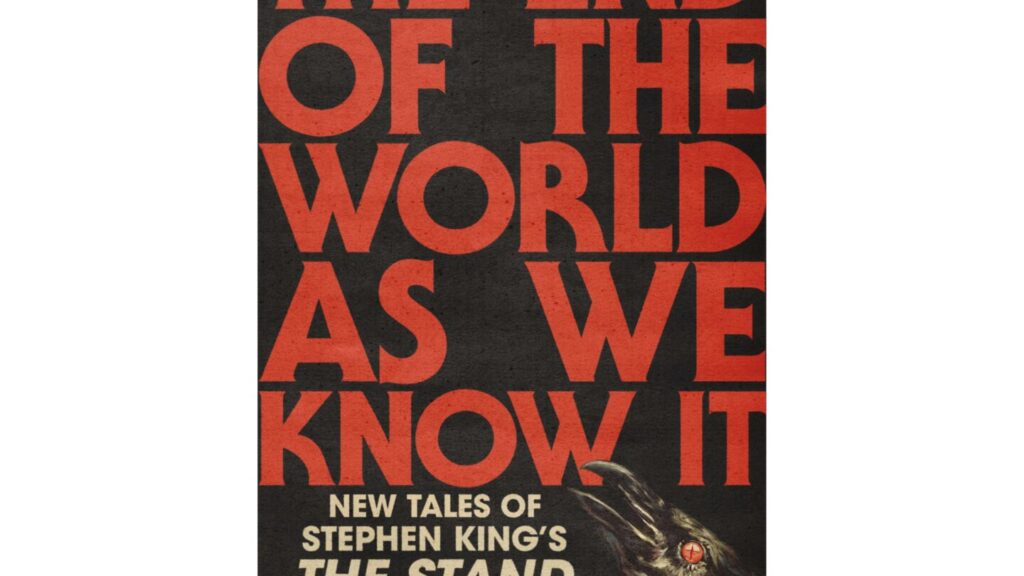Stephen King’s “The Stand,” originally published in 1978, is beloved by his “Constant Readers,” but has never really made a leap off the page. Two TV miniseries in 1994 and 2020 both flopped, but while fans wait to see what happens with a movie adaptation in development, they can turn instead to “The End of the World As We Know It,” a collection of 34 short stories set in the world King created.
King himself blessed the project (he wrote the introduction) and the nearly 800-page collection was edited by Christopher Golden and Brian Keene, both accomplished writers of fantasy and horror books, comics and graphic novels. The stories are written by a few authors you might recognize (Richard Chizmar, Joe R. Lansdale, Caroline Kepnes, Meg Gardiner) and many you won’t. What they all have in common is a true affection for the world of “The Stand.” All are set either during or after the events of King’s novel, which tells an epic story of good vs. evil following a super-flu that kills more than 99% of people on earth.
There’s one featuring astronauts aboard a stranded Space Shuttle, suddenly without a Mission Control to guide them home. There’s another told from the point of view of an African Painted Dog, no longer contained in his zoo enclosure and bewildered by the smell of rotten human meat everywhere. They’re not all absurd, though. There’s real heart in a lot of them, like “Came the Last Night of Sadness” by Catherynne M. Valente, which introduces readers to Fern Ramsey, a teenager born after the events of “The Stand,” who has learned “You can do fine as long as you know how to read and have a knife, a map, a fishing pole and a bicycle — as long as you know how to fix the last two.” A great many reference either Mother Abagail or Randall Flagg, the two characters representing good and evil in “The Stand.”
One I particularly liked was “Grand Junction,” set 30 years after the end of “The Stand” as a thriving community in the Colorado title town begins to feel threatened by stories of bad things happening in nearby Telluride. “The seasons, the rain and snow and sun, day and night and back into day, the feelings in our heart chasing each other — it’s all a cycle,” writes Chuck Wendig, expanding on the “Life is a Wheel” theme King refers to often in his writing. “And good and evil are on that cycle… Righteousness rules. And then the wheel turns on its axis. Goodness softens. Weakens… Evil gathers at the edges. Just outside the firelight, waiting for its chance.”
Readers unfamiliar with “The Stand” should read King’s opus first, of course, but when you’re done, “The End of the World As We Know It” makes a fine coda.
___
AP book reviews: https://apnews.com/hub/book-reviews

